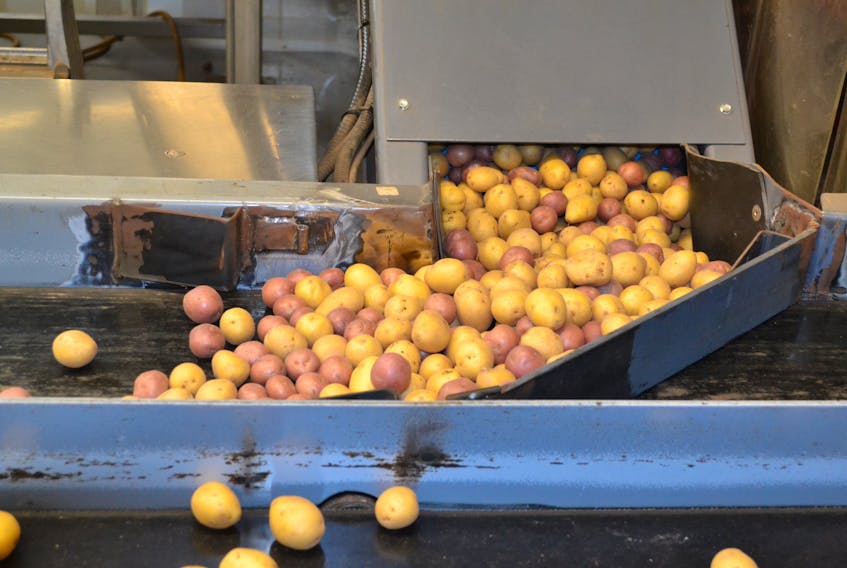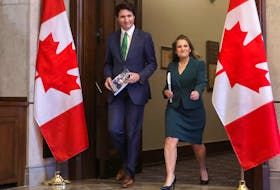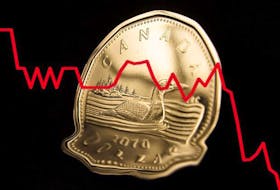Potatoes are 20% more expensive in grocery stores than they were last year, and they could get even more expensive in 2020. Our collective craving for this food staple is likely to blame.
Most of us love fries and chips. Other than people on a ketogenic diet, most diets don’t discriminate against the mighty potato.
It’s even in Canada’s newest food guide. Most dishes using potatoes are loved by Canadians, especially in the wintertime, when colder weather encourages us to seek out more hearty meals. But reports suggest that North America is experiencing potato shortages and processors, and those out west are especially scrambling to get potatoes into their plants. This could spell trouble as we soon may be paying more for one of our favourite staples.
A cold and very wet fall has negatively impacted crop yields among potato farmers. Almost 20% of potatoes were left out in fields due to poor quality. The United States Department of Agriculture is projecting a 6.1% decline in total crops from a year ago, making it one of the lowest crop yields since 2010.
In Manitoba, more than 18% of potato crops remained unharvested, while in Alberta, 6.5% of potato crops were damaged by an early frost. In the food industry, size matters when buying potatoes; buyers are always looking for larger, bigger potatoes, but this year the harvested potatoes were much smaller than usual. Basically, supplies are much lower than usual as we start the winter season in North America.
But it’s difficult to tell whether retail prices will be affected at all. The truth is that potato prices have already gone up this past year. Potatoes at retail are 20.7% more expensive than just 12 months ago. According to Statistics Canada, a 10-pound bag of potatoes in Canada retails for an average of $9.77, while a year ago it was $8.11. Frozen fried potatoes have gone up 17.1% as well, retailing now at $3.02 for 1 kilo. These increases, the most important increases ever recorded, are difficult to explain. Potato production over the last 5 years in North America has been quite steady. In 2010, when the harvest was even worse than this year’s, retail prices barely moved at all, suggesting that the market was not willing to budge on pricing, despite lower inventories. But the market today is a little different as we crave the product much more.
Could we start walking away form the potato?
Since 2018, potato retail prices have quietly increased at a dramatic rate, but consumers have not yet been spooked by this – at least, not yet.
If prices do go up, it won’t be because our farmers are raking it in, making more money. Farmers won’t likely get more for their crops as they typically lock themselves into unbending contracts before the growing season even starts. Farmers affected by weather will have crop insurance. Not all of them, but many of them do. Processors may need to pay more since they might be required to purchase inputs from other sources which are normally more expensive. But processors have infinite ways to hedge against abnormal weather patterns and will get the products they need to manufacture the fries and chips we buy at the store or restaurant, one way or another.
Increases may very well happen in food distribution and retail where demand is quite strong. In 2018, frozen potato sales at retail increased by 7.1% in Canada, and 2019 could be an even better year. Potatoes requiring some preparation time at home have also seen significant sales increases, exceeding 7% in recent years. That may explain why retailers are charging much more for the product. Since 2018, potato retail prices have quietly increased at a dramatic rate, but consumers have not yet been spooked by this – at least, not yet. But consumers could start walking away from the product if they think it’s too expensive. As such, we may see more processors reduce the number of frozen fries you get in a bag, but for the same price. It’s called shrinkflation, getting less for the same price. Skrinkflation has a funny way of keeping products on store shelves without upsetting consumers.
The rules are different in foodservice, and we shouldn’t expect any price changes. Charging more for a side staple like potatoes is always more challenging for restauranteurs and fast food operators. Potatoes are no steak, fish, or pasta. But you may see some operators revert to the practice of shrinking portion sizes, and charge patrons the same price, as in retail. This is quite easy to do with fries, chips, and smaller baked potatoes. Vigilant consumers will likely notice, but most of us won’t think twice before digging in.
Canada is only the 18th largest potato producer in the world, but we do take our potatoes seriously. The country won’t run out of potatoes any time soon and they will remain quite affordable for most of us for a very long time. So, keep calm and eat your fries.
RELATED:








